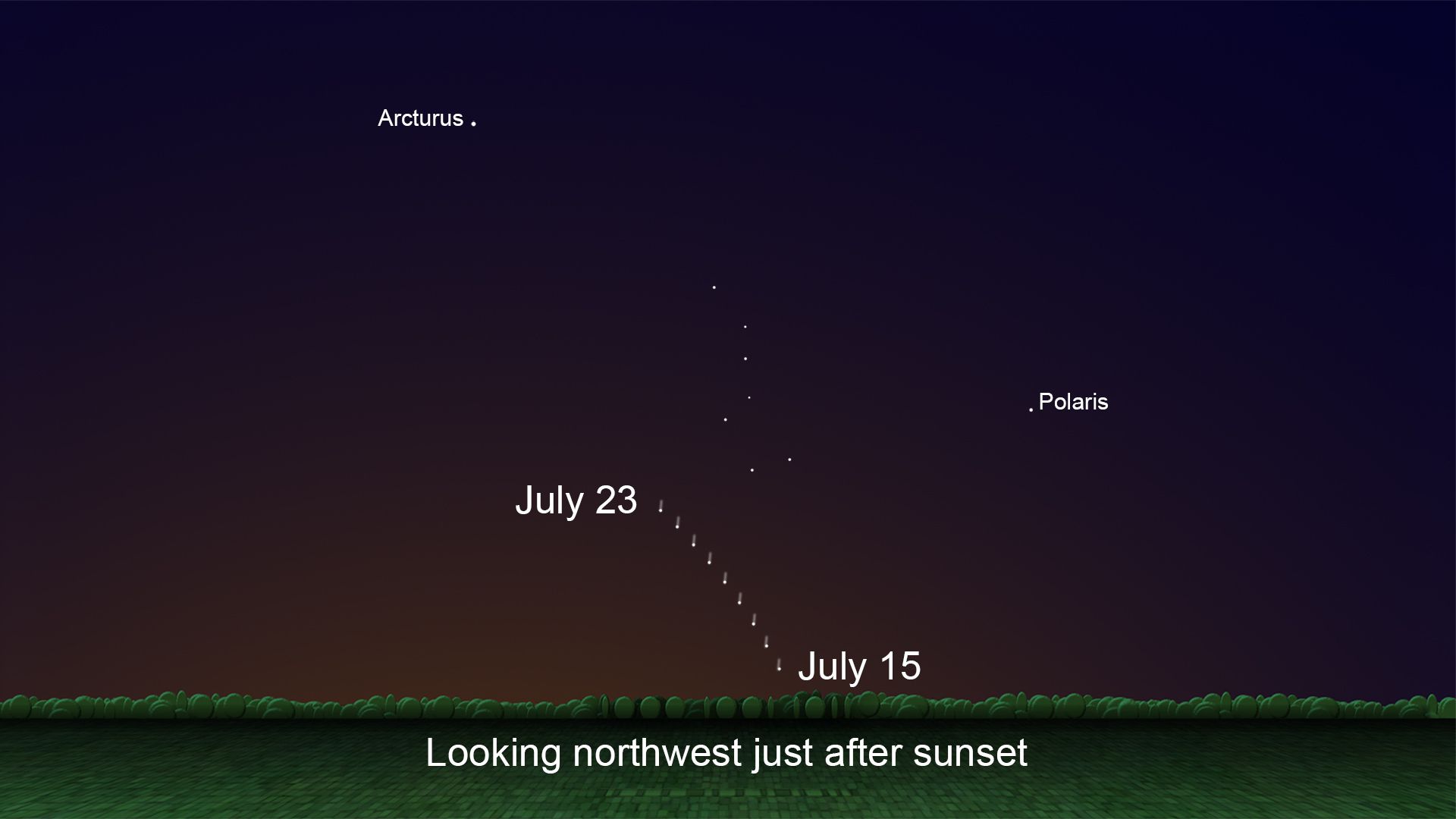Once a small bright spot more than 312 million kilometers away from the Sun, comet NEOWISE surprised astronomers and will be passing through Earth during the month of July. There are many sky watching enthusiasts who have recorded the unique moment all over the northern hemisphere and there is a new video that demonstrates the NEOWISE journey seen through the International Space Station.
The timelapse was created by Sen Doran, a British graphic artist known for sharing his space-inspired creations with his Twitter followers.
To create the video, the artist gathered a collection of images from the NASA archives and put them together to give internet users the possibility to observe the passage of the comet more than 400 kilometers away from Earth.
After a successful entry into the perimeter, the point of the route that is closest to the Sun, on June 3, it was possible to observe NEOWISE in the night skies during the following days and the astronauts Bob Behnken, who recently arrived on the International Space Station hitchhiking Space Dragon's Crew Dragon, Ivan Vagner, as well as several ground observers, managed to capture his passage.
Click on the gallery to see some of the best NEOWISE images
How to observe the passage of NEOWISE?
According to NASA, NEOWISE will be visible throughout the month of July along the Earth's northern hemisphere. As long as you have access to a landscape where you can observe the horizon unimpeded and to a pair of binoculars, or to a small telescope you can also see it. The occasion is made even more special by the fact that the next passage of the comet is expected in 6,800 years.

The Agency explains that until the middle of this month, the comet will be visible at about 10 above the horizon, even before the sun rises. Until the end of July, especially between the 22nd and 23rd, when it will make its closest approach to Earth, it will be possible to observe it in the night sky.
